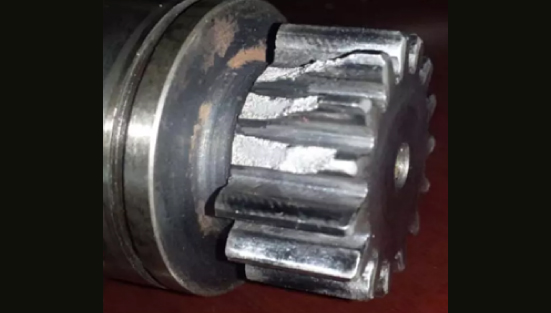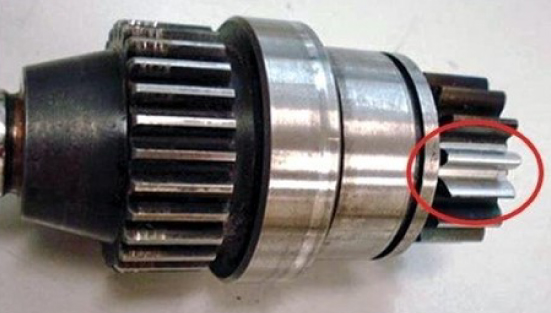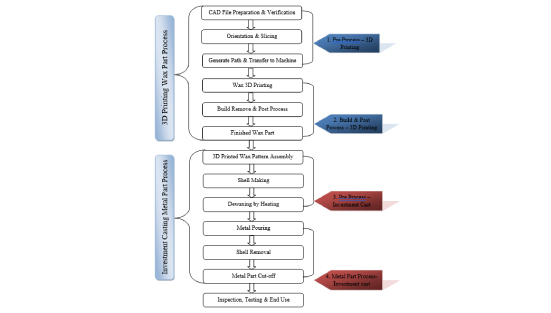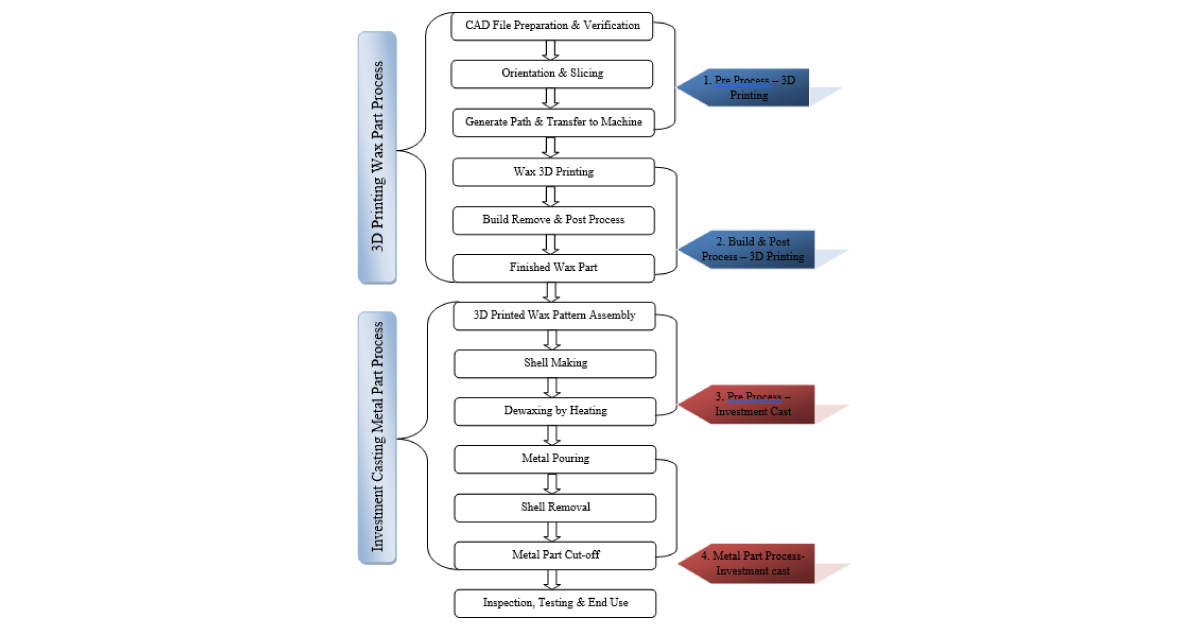Applications of 3D Printing/Additive Manufacturing
Re-manufacturing
Manufacturing has a high dependency on reproducibility, which in turn, is dependent on machine components to perform their intended usage. Due to continuous usage, these parts may get damaged or require repair or replacement. Replacement of damaged parts sometimes creates a huge burden for companies due to the component cost. This is common to a broad range of industries such as automotive, ship building, aerospace and machine tools.
A solution has been found to repair the machine tool parts with the help of scanning and additive manufacturing. This process is called Re-manufacturing. Re-manufacturing is a process of conducting repair and restoration of the product to revitalize the product from end of its lifecycle. Extremely skilled manpower is required to carry out this process and it is seen as a very effective method to bring a used product back to its initial stage.
Process for Re-manufacturing:
- Damaged Part undergoes Reverse Engineering with the help of 3D Scanning, Coordinate Measuring Machine, CT Scan, etc.
- The damaged part is converted into CAD data.
- The Actual CAD Model of the part undergoes Boolean Operation with the Reverse Engineering CAD Model to find the damaged portion.
- Now this damaged portion CAD Data is processed for slicing operation using slicing software.
- Then the tool path file is sent to the Direct Energy Deposition machine for conducting the Re-manufacturing Process, where the broken portion alone is printed in a layer-by-layer fashion over the existing part.
Before

Broken gear for a German Knapp rack mill (Image courtesy Hansford Parts and Products)
After

The previously broken gear shaft, repaired with 3D printing. (Image courtesy of RIT-GIS)
Reference: https://www.engineering.com/story/additive-manufacturing-breathes-new-life-into-legacy-equipment
Investment Casting
Investment Casting is a manufacturing process in which a wax pattern is coated with a refractory ceramic material. Once the ceramic coating material is dry and hardened, the wax is melted out and leaves an internal cavity the shape of the final product. Molten metal is poured into the cavity where the wax pattern was. The metal solidifies within the ceramic cavity, cools, and the ceramic is removed from the metal casting.It is also known as the Precision Metal/Lost Wax Casting Process.
Many foundries are increasing their use of the direct wax 3D print process for rapid production of patterns without any tooling requirements. The Direct Wax 3D Printing process is a cost-effective method for low batch production and also capable of creating highly complex and freeform parts in a lower time frame than conventional processes.
Benefits of Using 3D Printing Technologyfor Investment Casting
- Time and costs reduction of designing and manufacturing of tooling
- Reduction of mold storage costs
- Ideal for make small to medium size patterns
- Easy to make complex parts with less lead time
- Lower wax wastage as compared to conventional process
- Model to pattern ease of use
- Minimum wax part post-processing
- Consistent and Efficient parts quality
Steps in the 3D Printed Wax Component to Metal through Investment Casting Process
The following steps are carried out for the conversion of direct wax 3d printed component to a metal part by using the investment casting process,

Applications of IC in 3D Printing
The Investment casting process are used to direct 3D printing wax part without tooling pattern in the following industrial applications,
- Automobile
- Aerospace
- Dentistry
- Jewellery
- Military
- Oil and gas Industry
Written By NIELIT Calicut and NIELIT Chennai


